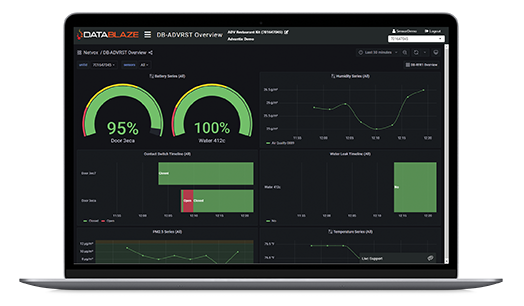
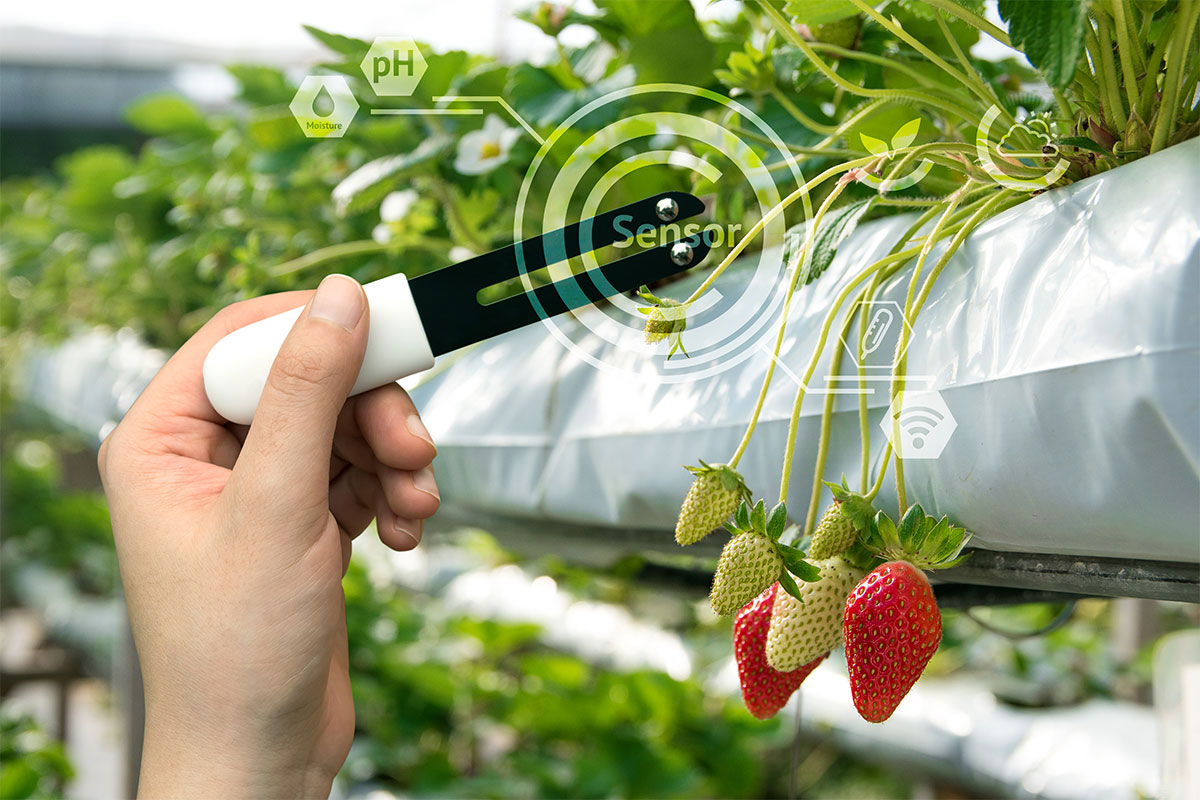
The Internet of Things (IoT technology) has the ability to connect the activity of an unlimited amount of nouns to data. What does this mean exactly? The latest estimates suggest that 127 things are connected every second, and 3.5 billion will be through cellular connections. Approximately 60% of companies use IoT applications such as ThingSense because “the technology benefits businesses with savings, new income streams, and increased production efficiency.”
ThingSense is a module within the Datablaze Voyager™ IoT management software that has the ability to monitor an infinite amount of IoT sensors and custom endpoints. The sensors relay information to the Voyager™ platform for dashboard display with drill-down capabilities. Examples of what ThingSense can monitor include:
ThingSense is designed to track IoT devices that need to be managed and measured. If your business needs to know what’s happening with your IoT endpoints, Datablaze’s ThingSense can offer businesses a significant advantage.
As the uses and benefits of IoT continue to expand, companies will need ways to track these devices. Whether it’s tracking a shipment or monitoring environmental conditions, organizations need to know what is happening at the edges of their business. It will become an absolute necessity to track devices if companies want to perform optimally, save money, and stay efficient. Below are a few examples of how ThingSense can help enterprises be more productive and cost-effective.

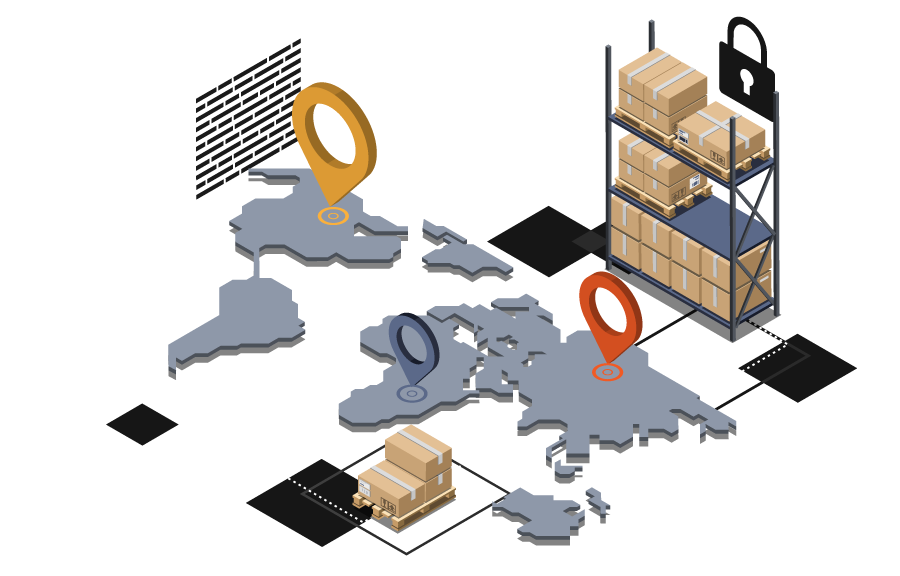
Equipment breaks down. Sometimes, a part wears out or needs maintenance. Equipment can also overheat, or the environmental conditions can impact equipment lifecycles. Having sensors on a factory floor can alert employees to an unexpected increase in temperature, which might indicate overheating.
Unless designed for adverse weather conditions, industrial equipment doesn’t thrive in extremely cold conditions. Monitoring the ambient temperature and being alerted when it drops below a given threshold can reduce the chances of equipment damage. The more a business knows about its assets, the better it can protect them.
Refrigeration can be a component for many industries. For instance, produce, medications, plants, and artwork can require refrigeration to stay optimal. Using an IoT sensor enables companies to monitor environmental conditions to ensure the appropriate temperature is maintained.
Even special refrigeration applications can use sensor monitoring. Museums use refrigeration to help preserve artifacts, but they also place newly acquired pieces in refrigerators to kill any pests before putting them on display. Careful temperature monitoring ensures the integrity of the work while it undergoes “quarantine.”
Monitoring air quality in the workplace has become more prevalent as the corporate environment focuses on employee health. A recent study found that poor air quality not only impacts health, but it also lowers employee productivity. Deploying ThingSense solutions ensures that optimum air quality is maintained so employees can be as productive as possible.

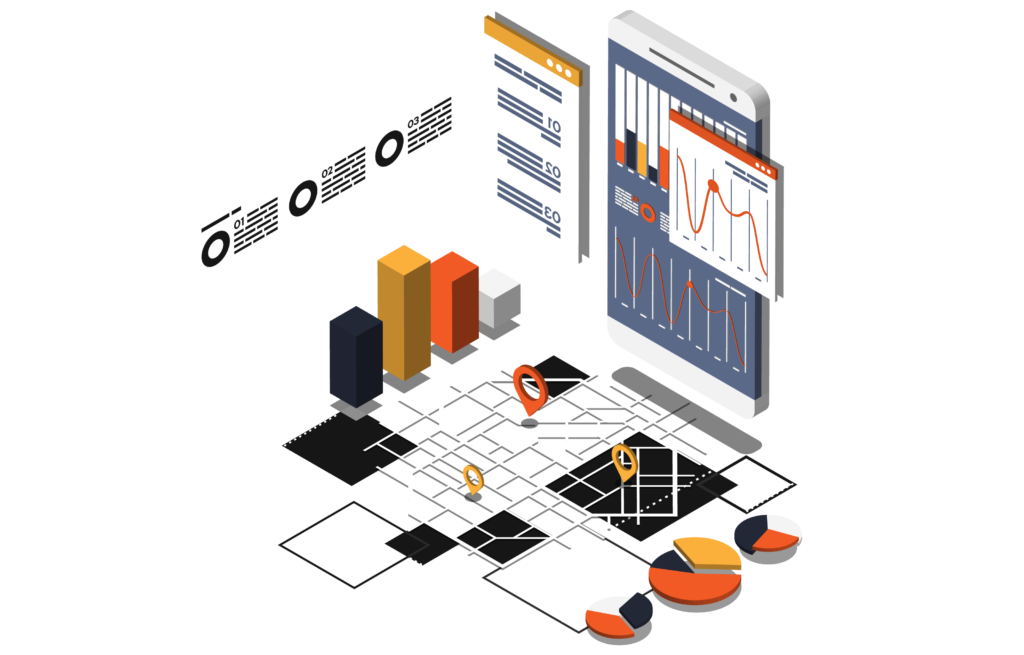
Cold chain logistics can be challenging. If trucks cannot maintain the appropriate temperature, perishable items are lost. Even if the product is transported in a climate-controlled truck, other factors such as frequent opening and closing of doors can alter the temperature, causing perishable items to spoil.
Rejected truckloads impact a carrier’s bottom line. Carriers must compensate for the lost goods and pay for the proper disposal of spoiled goods. Trucks must be cleaned, which adds to downtime. These costs could be minimized with effective temperature monitoring and GPS tracking.
IoT Sensors can be utilized as they are placed and relocated throughout an enterprise. By using sensors, companies can determine if an asset is undergoing maintenance or is available for use. With information available in real-time, businesses can deploy an asset, knowing that it is not being maintained.
Inventory is a crucial asset for any company. Monitoring inventory via asset tracking helps track how many items are removed from the warehouse and how many arrive at the destination. Careful tracking of stock can help reduce costs associated with lost or damaged goods.
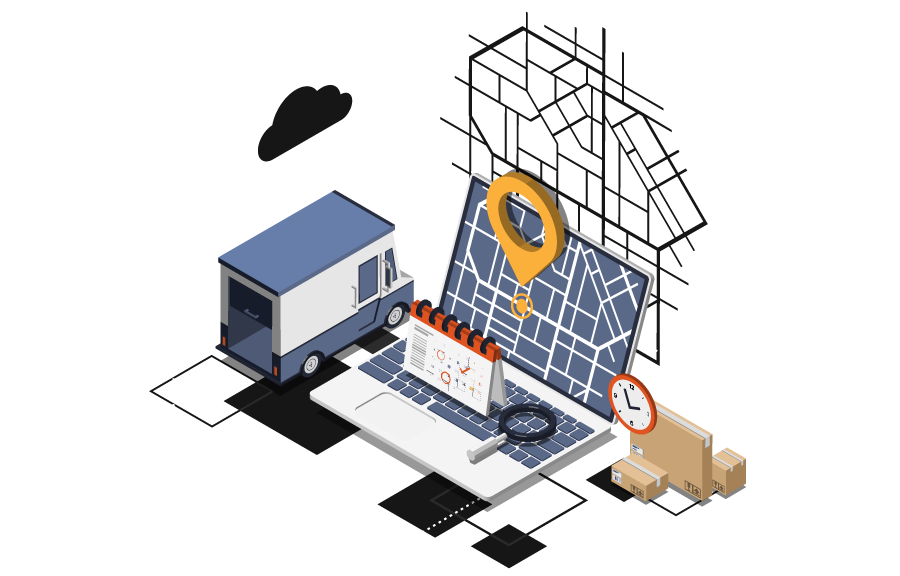
Retail may not be an obvious industry for IoT sensor monitoring, but there are plenty of things that retailers should track. Sensors placed in shipments or on various products can track temperature fluctuations or humidity. They can also reduce loss due to theft by tracking inventory throughout the supply chain. The real-time information makes it easier for businesses to make data-driven decisions about how to protect their products.
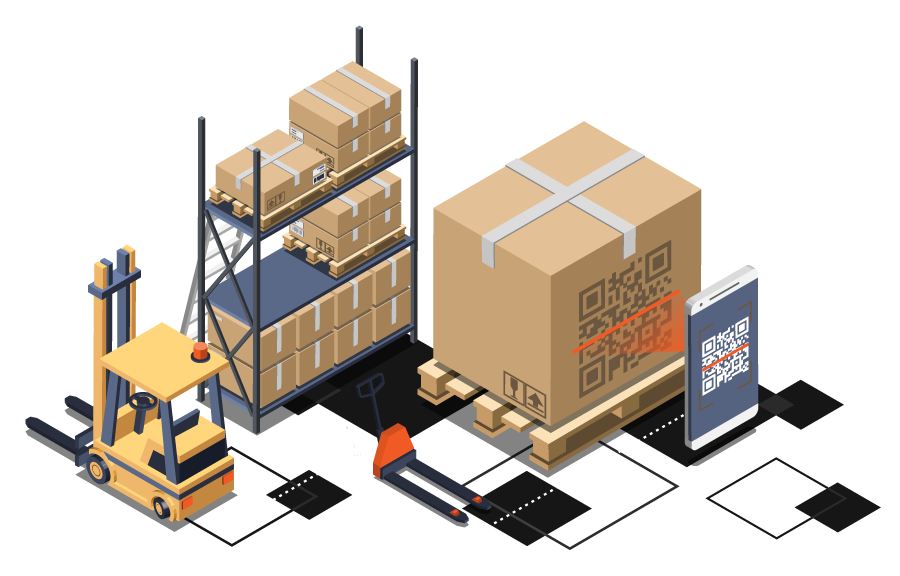
By using sensors, warehouses can maintain control over the items stored inside the facilities. Sensors that monitor temperature, humidity, or air quality make it possible for managers to adjust environmental conditions before merchandise is damaged. Sensors can also be used to track shipments and monitor conditions inside a truck or transportation container.
OSHA requires warehouses to monitor their environmental conditions. Businesses must make sure that the carbon monoxide levels remain within a set range. Deploying sensors throughout the facility means companies can be alerted if CO2 levels become dangerously high.
With IoT sensors, oil and gas shipments can be tracked in real-time. Sensors can provide information on temperature, humidity, air quality, and much more to ensure cargo is transported safely. Using sensors to provide real-time data can remove employees from potentially hazardous situations. Instead of having an employee check on the shipment status, companies can view the information from a central location. Sensors such as Datblaze’s ThingSense keep work environments safe and valuable shipments secure.
Restaurateurs have two pressing problems: food safety and food waste. Both of these problems can be addressed by deploying sensors such as Datablaze’s ThingSense. If a food borne illness can be traced to a restaurant, the results can be catastrophic. Reputations suffer, and food safety violations bring fines.
Food waste is a costly problem for the restaurant industry. Although food costs are between 28% and 35% of expenses, one restaurant wastes between 25,000 and 75,000 pounds of food per year. Reducing the amount of wasted food can save businesses millions. Almost 85% of all food losses are due to temperature and time.
Many medications, vaccines, and other medical treatments require temperature-controlled environments. If the critical conditions are not maintained, the treatments can lose their efficacy, endangering patient lives. Using IoT can ensure that doesn’t happen.
IoT sensors can monitor the temperature and humidity while at rest or in-transit. Including a sensor in the container transporting an organ for transplant allows healthcare professionals to check its status in real-time. Within the healthcare industry, sensors provide limitless opportunities to ensure the safe and secure handling of medical treatments.

IoT sensors can do more than protect produce while in cold storage. Sensors can monitor temperature and humidity in real-time. Farmers can use that information to create optimum growing conditions. Using historical data, agriculturalists can project environmental conditions so farmers can be prepared for any adverse weather.
Being able to provide a consistent growing environment increases the potential per acre yield. Sensors can also help monitor livestock. Whether it’s cows or chickens, sensors provide vital data on living conditions. Heat and humidity can have devastating effects on animals. With careful monitoring, ranchers can deploy measures to mitigate the impact on livestock.
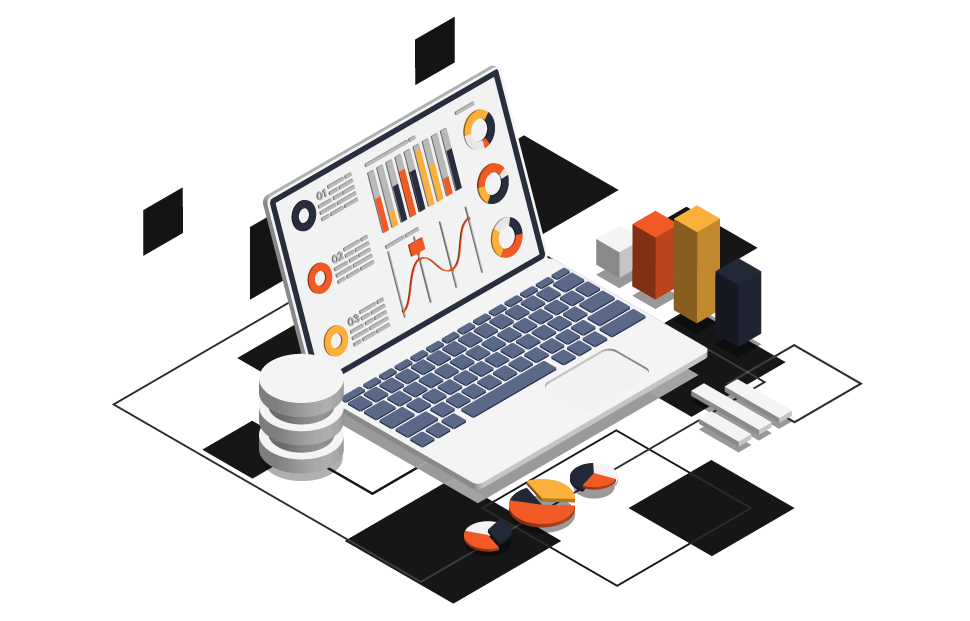
IoT sensors can collect data throughout a municipal water system. The information can be sent to an IoT platform for analysis and reporting. This process can help to identify water levels and quality. If sensors are deployed throughout a system, changes in temperature or fluctuations in flow can trigger an alert. Employees can use that data to determine if corrective action is required.
For the most part, businesses do not like surprises, probably because they are rarely good for the bottom line. That’s true for logistics companies when they don’t know what is happening with the cargo. Let’s face it. There are so many things that can go wrong when a shipment has environment-specific requirements.
For example, a shipment arrives at its destination unusable. Without data, it’s impossible to know what happened, which makes it difficult to file an insurance claim to cover the cost of the shipment If there had been a sensor, an alert would have been issued indicating the temperature inside the truck was rising. At that point, the driver could have been notified and the shipment checked. If repairs were needed, the cargo could have been offloaded, avoiding spoilage. Using sensors that communicate with a centralized application makes it is easy to know the exact conditions of all shipments.
Sensors present limitless opportunities for every economic sector. Schools can use sensors to monitor classrooms for air quality and CO2 emissions. Research labs need sensors to track agents that require refrigeration. Having access to real-time information makes it easier for businesses to make data-driven decisions.
Unlike other sensors, ThingSense communicates with DataBlaze’s monitoring platform Voyager™. The centralized application allows companies to monitor SIM cards, networks, and IoT endpoints worldwide. With ThingSense, there’s no need for another dashboard to check. All IoT information is available in one place.
DataBlaze offers IoT sensor kits that make it easier to install. Custom kits are available for industry-specific needs. Plus, two ThingSense sensor kits for refrigeration are currently available.
The ThingSense Basic Refrigeration Kit consists of the following:
The kit is designed to monitor temperature and humidity inside one refrigerator and one freezer. It is a plug and play device that lets you start monitoring upon installation.
ThingSense Advanced Restaurant Kit includes:
ThingSense Advanced Restaurant Kit monitors temperature and humidity in three refrigerators or freezers. It will track door opening and closing in two locations along with water leaks and air quality.
Sensors have been around for some time, but IoT sensors are relatively new. Why? IoT sensors have the ability to not only record data but they can also send it to an application for reporting or analysis without human intervention. That means fleet managers, for example, can enjoy an evening out knowing that the transportation network is under constant supervision. If the temperature in a container in the middle of the ocean rises one degree above the specific range, someone will be notified.
Beyond the peace of mind that automated monitoring can provide, organizations can realize increases in profitability. IoT automated monitoring systems can:
IoT sensors provide seamless control of information that delivers actionable insights into business operations. When organizations make data-based decisions, their profitability increases through lower costs, improved productivity, and sustainable operations.
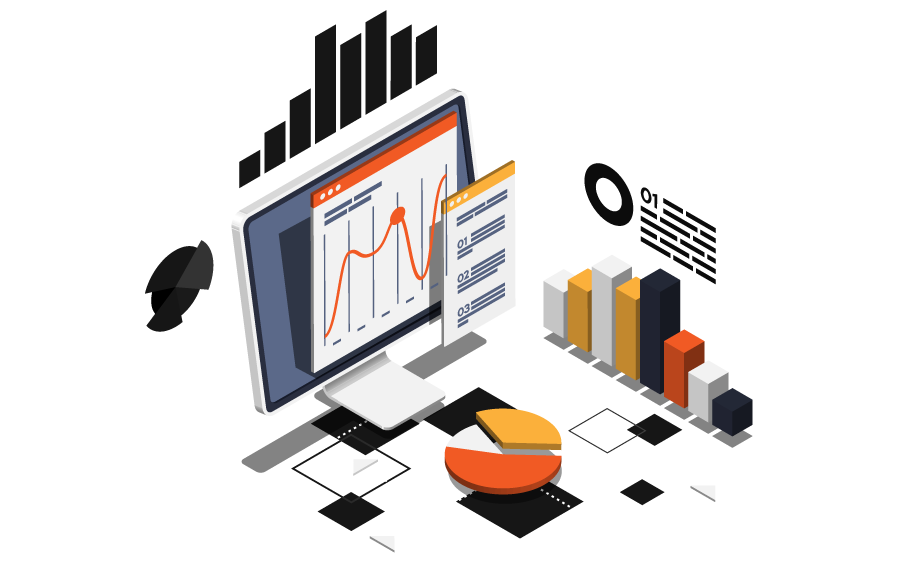
Monitoring IoT sensors in the workplace can improve employee safety. Tracking temperature fluctuations on machinery reduces the chances of an accident as a result of equipment overheating. Checking the air quality in office buildings, warehouses, and factories can minimize drops in employee productivity. Tracking oxygen levels, humidity, and CO2 concentration can improve safety conditions where physical labor is required. Using the collected data, organizations can identify environmental trends that may impact worker safety. IoT sensors can help companies maintain a hazard-free workplace.
Schedule a free demo right now.
IoT sensors are designed to keep industries working. Downtime costs companies an average of $260,000 per hour. That’s $2 million per day. Knowing that equipment is operating in optimum environmental conditions minimizes the opportunities for unexpected equipment failure. Operational data can be used to predict maintenance requirements, further reducing unplanned downtime.
Healthy equipment means less downtime and reduces replacement asset value. Collecting and analyzing data can help predict equipment usage, enabling companies to optimize operations. With sensor-provided data, companies can become more efficient and productive.
Reducing workplace accidents and unexpected downtime improves operations. But, IoT automated monitoring can do much more. For example, monitoring supply chain movements can improve operations. Knowing when a shipment is going to arrive and in what condition reduces the chances of inefficient deliveries or damaged goods. IoT sensors can also track inventory from the warehouse to the retailer, minimizing losses due to theft or damage.
Cold supply chain management presents a unique set of challenges that IoT monitoring can address. From the point of origin to its final destination, cold-storage items must exist in a climate-controlled environment. Changes in temperatures can result in spoiled food items, ineffective medical treatments, or damaged equipment. Such supply-chain accidents not only impact operations, but they also damage reputations and relationships.
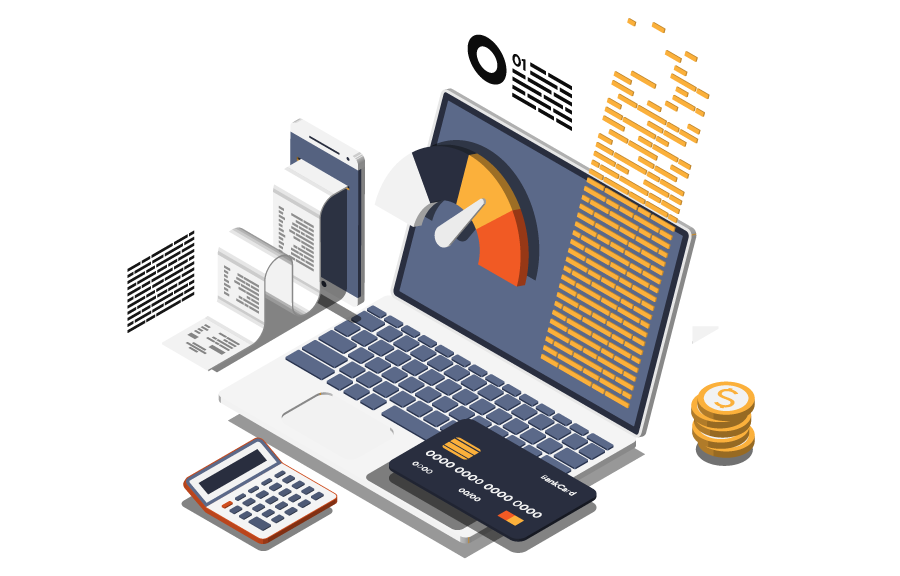
In a world where decisions are made in an instant because circumstances are in constant flux, it’s crucial that those decisions are based on real-time information. For example, water pressure drops in the water system during a rainstorm. Does that mean there is a leak in the system? If so, where? With IoT sensors, data would be available that could pinpoint the leak. Instead of sending crews out to locate a leak in an entire system, cities are able to target the leak, reducing the time to repair.
When time-critical decisions need to be made, organizations need to see data displayed in meaningful ways. No matter how much data a sensor collects, it’s useless if it isn’t available in formats that allow for actionable insights. Having an IoT monitoring platform such as Voyager™ presents data in digestible forms means companies do not have to wait until the data can be consolidated before making a decision.
Datablaze LLC (“Datablaze”) is at the forefront of IoT connectivity and kitted solutions. With a large base of customers and subscribers, both domestically and internationally, Datablaze continues to deliver forward-facing technical solutions. Datablaze has active M2M and IoT deployments in over 125 countries. Working directly with the world’s leading cellular carriers, Datablaze stays on the leading edge of IoT product launches and integrations worldwide.
Datablaze provides 2G/3G/4G-LTE/CATM connectivity and management, with both Web and API access. Our solutions allow accurate and straightforward billing, with the added benefits of cost management across deployments. Datablaze supports multi-carrier deployments, smart SIMs, dual SIMs, and smart switching between carriers for optimal cost savings.
To see Datablaze’s ThingSense in action, contact us to schedule an IoT demo.
This website uses cookies to improve your experience while you navigate through the website. Out of these cookies, the cookies that are categorized as necessary are stored on your browser as they are essential for the working of basic functionalities of the website. We also use third-party cookies that help us analyze and understand how you use this website. These cookies will be stored in your browser only with your consent. You also have the option to opt-out of these cookies. But opting out of some of these cookies may have an effect on your browsing experience.